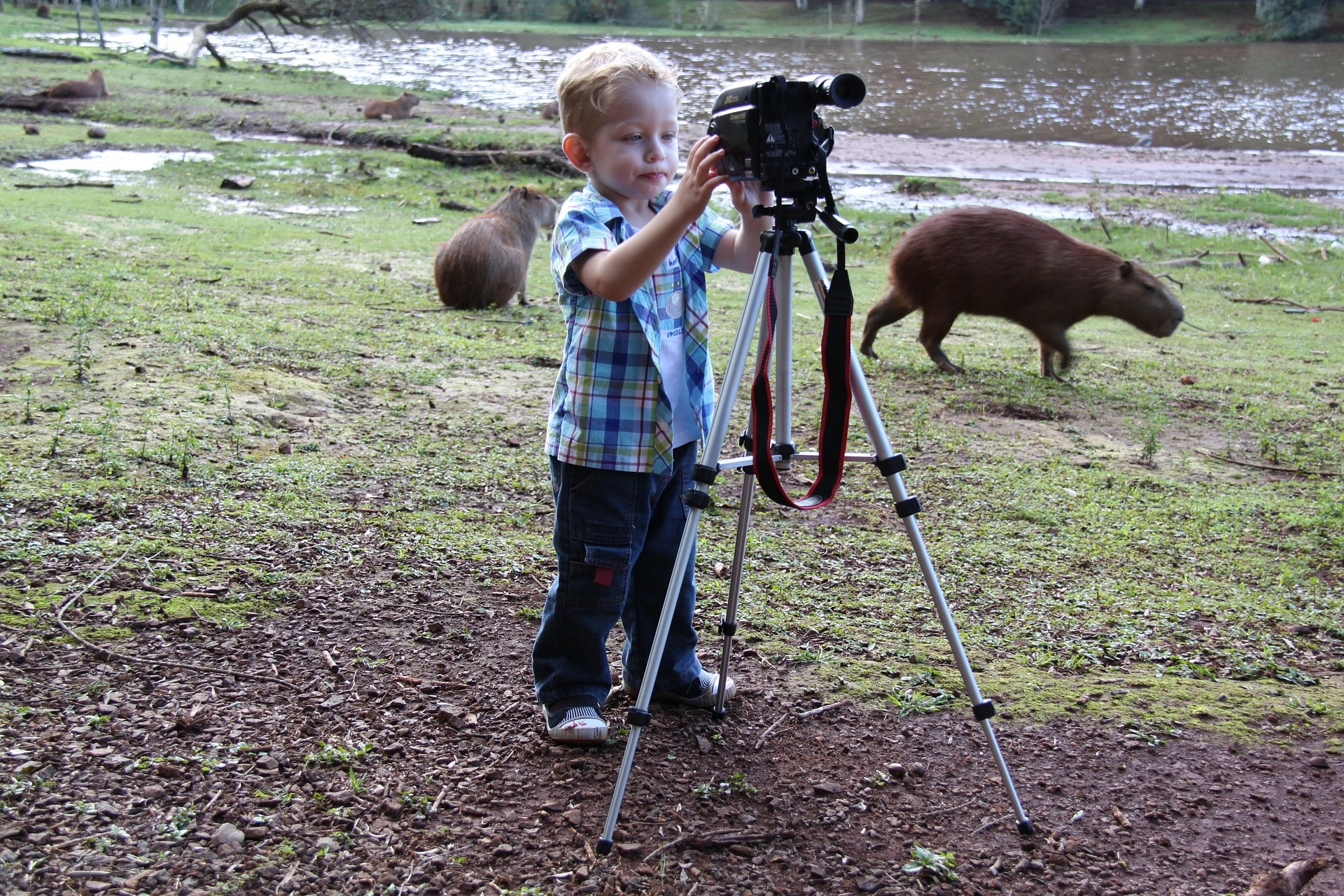In the previous article we talk about the photographic composition with everything you need to know, fundamental point for the success of your images, now let’s talk about framing, the process by which you decide which elements will appear in your image.
Like composition, framing your photos is extremely important and decides the success or failure of your images. Basically, when you frame the scene, you have to look at the scene and everything around it and reduce it to place them in the same photo.
- Although the composition and framing act as nails and flesh.
- They are different from each other.
- While framing refers to the photo eraser.
- The composition refers to the positioning of people and other elements relative to the background.
- So it looks like a framing.
Because it’s so important, you have to do it the right way. Framing your photos includes the following steps:
Obviously, the above four steps refer to a basic guide to framing your photos. You may need more knowledge to do it the right way, so let’s separate some additional tips below.
The position of your camera and the choice of lens have a significant impact on the framing of your photos. Its position and varied lenses change the viewer’s viewing angle, which means a different impression for their photos depending on the variation of these factors.
To give you an idea, the lenses have different focal lengths that refer to different viewing angles. Similarly, you can get a multitude of photos by varying the distance between the camera and the subject of your images, even when the scene is the same.
This difference in angles and perspectives can be most noticeable in foreground photos captured through a macro lens, offering a subtle parameter of a miniature world not visible to the naked eye.
Camera angles also help frame your photos. Understanding how your team manages them is essential to decide when and how to use them best.
Initially, you should understand that the camera angles are subdivided into: low, eye level and high, each offers different aspects and different perspectives for your photos, you can improve something in the image, ensure the stability of your photo, capture the whole scene and so on.
We’ll talk a little bit about each of the angles and perspectives to frame your photos with each one.
Using the low angle to frame your photos gives you an impression of grandeur in your images, while reflecting an idea of the distance from the main subject of your photo.
The frame or angle at eye level produces photos that can place the viewer at the same height as the main subject of the photo, giving stability to the photo.
Photos taken at a higher level than the subject give the viewer a powerful impression from the top point of view.
As you’ve seen, there are several types of autofocus modes in your simi and professional (AF) camera, in the sequence we will highlight the main differences between them, as well as their most common uses.
Also known as Single Shot, this AF mode adapts to your photos with static subjects, such as people posing for a portrait or object on the table, for example.
The operation of this AF mode is divided into the following steps
More suitable for moving subjects, AF To Servo mode can be activated automatically if the subject moves in your photo, even if you have selected Single Shot mode.
When you find subjects that are difficult to reveal with other AF methods, your camera’s manual focus is the best, allowing you to adjust the focus to get the desired result.
This automatic mode comes from the combination One-Shot and Al Servo, highly recommended for framing images with unpredictable subjects that can move quickly. It works this way:
In this article, you’ve covered the main framing points of your images and a quick introduction to your camera’s focus modes. In later texts, we will delve into this topic and give additional instructions.
For now, leave your comment on this article below or share with us your own tips for framing your photos.

